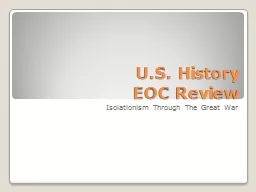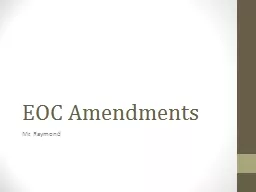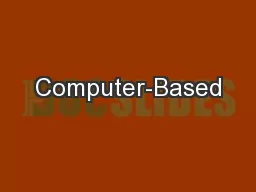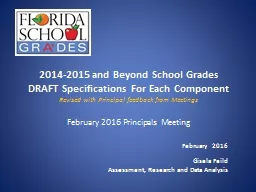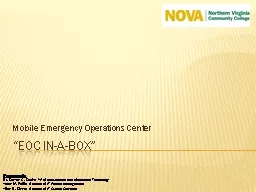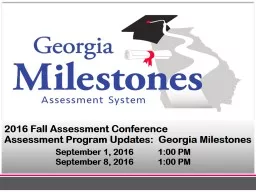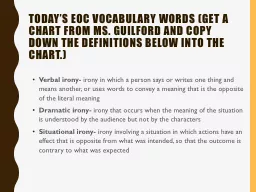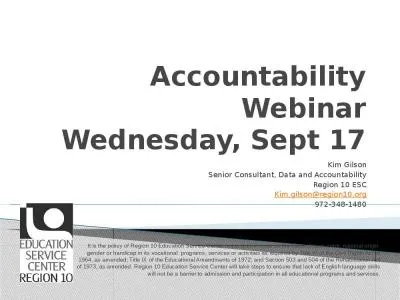PPT-U.S. History EOC Review
Author : celsa-spraggs | Published Date : 2018-11-07
Isolationism Through The Great War Alfred Mahan Admiral of the US Navy who encouraged the United States to build up its military strength American Expeditionary
Presentation Embed Code
Download Presentation
Download Presentation The PPT/PDF document "U.S. History EOC Review" is the property of its rightful owner. Permission is granted to download and print the materials on this website for personal, non-commercial use only, and to display it on your personal computer provided you do not modify the materials and that you retain all copyright notices contained in the materials. By downloading content from our website, you accept the terms of this agreement.
U.S. History EOC Review: Transcript
Download Rules Of Document
"U.S. History EOC Review"The content belongs to its owner. You may download and print it for personal use, without modification, and keep all copyright notices. By downloading, you agree to these terms.
Related Documents

